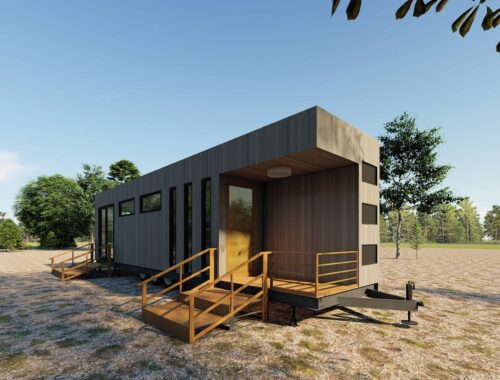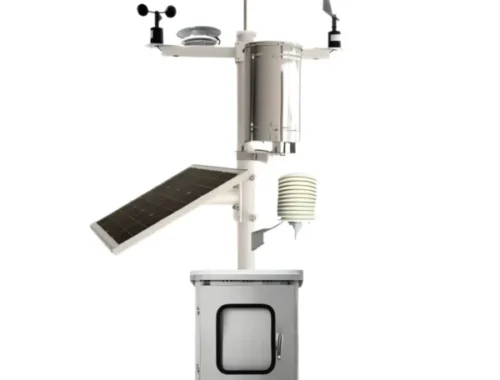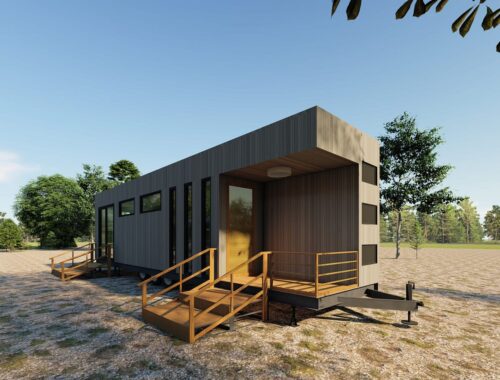Violence flaring in Northern Ireland
The city of Londonderry in Northern Ireland has witnessed a third consecutive night of violence as youths threw dozens of petrol bombs, paint bombs, bricks and bottles at police patrols.
Most of the petrol bombs and stones were thrown across the city’s historic walls from the Bogside area. Police said between 30 and 40 people were involved, but believe the disorder “was orchestrated by much older people” and urged youths to “pull back” from taking part.
Click Here: Discount Golf Appare
“This is the third night that the people of this city have had to put up with unwanted disorder and destruction,” a police spokesperson said. “No one wants to see these despicable scenes on our streets.
“Some of the those involved in last night’s trouble were extremely young teenagers and I have no doubt that this disorder is being orchestrated by much older people and that these youths are being used to attack police and significant symbolic sites around our city walls.
“I would urge those young people to pull back from this behavior and I would also ask those with influence within our community to use that influence positively and help dissuade young people from participating in public disorder.”
The spokesperson added: “We have gathered a significant amount of evidence over recent days and I am confident that arrests will follow.”
This week marks 50 years since the British government ordered troops into Northern Ireland in a planned operation to control rioting that grew into a bloody military operation that dominated British politics for decades.
In August 1969, the government of former prime minister Harold Wilson sent several hundred soldiers to Northern Ireland’s only catholic-majority city of Londonderry where complaints from residents about discrimination developed into violence.
The deployment of troops is often seen as the start of what has become known as “The Troubles”, in which more than 3,600 people died, during more than 30 years of sectarian discord. The Battle of the Bogside in August 1969 is regarded as one of the first confrontations.
A growing civil rights movement to protest against the marginalization of Northern Ireland’s minority catholic community developed into a broader armed struggle for a united Ireland independent from Britain.
In 1998-after nearly two years of talks, the Good Friday agreement was signed. This resulted in a new government being formed that would see power being shared between unionists and nationalists.
The idea of the agreement was to get the two sides to work together in a group called the Northern Ireland Assembly. The Assembly would make some decisions that were previously made by the UK government in London.
Two years ago, there was a power-sharing argument between the two governing parties (the Democratic Unionist Party and Sinn Fein), which led to the government at Stormont being dissolved-and it has yet to form again.
You May Also Like

ユニットハウスのメリットとデメリットを徹底解説
March 22, 2025
What is an Automatic Weather Station?
March 15, 2025